Growing a healthy seedling is the main condition for obtaining a quality harvest. But at the early stage of its growth, culture is subjected to various diseases that affect the root system, stems and leaves. Consider in more detail what kind of seedlings can threaten plants.
Rota cervical
The reasons for the occurrence of this disease are as follows:
- elevated moisture level in the ground;
- low temperature;
- excessive acidity soil;
- light shortage;
- too dense landing.
The causative agents of this disease are fungi, which are present in each type of soil. If these fungi on the neck of the root occurs, the stem vessels are blocked. As a result, the root system ceases to receive nutrients, as a result of which the neck acquires a dark color, it becomes much thinner and the plant culture dries out.
At the first signs of rot, it is necessary to take measures aimed at eliminating the disease:
- First of all, it is necessary to burst and dry the ground, which is then pouring ash or pre-crushed charcoal.
- In the absence of data of components as an alternative, it is possible to apply lime or soda solution, which should be pouring the ground.
- The effect of potassium permanganate, which is prepared at the rate of 0.5 g / l of water is also related to the effective methods of combating the rotten neck of the root.
- To create favorable conditions for the appearance of additional roots and strong seedlings, the base of the stems must be sprinkled with a loose substrate. After that, to treat the drug "Energy". The solution of this drug is prepared in accordance with the following proportions: 1 ml / l of water.
After the disease begins to retreat, it is necessary to sort the plants - remove the affected and leave healthy. If plant culture is significantly affected by the disease, the removal should be made with the soil.
This seedlings can be prevented using certain preventive measures:
- The soil must be prepared with all the requirements. Seeds before sowing need to be specially handled.
- In the process of sowing, seeds should not be placed too thick.
- Before boarding, it is necessary to draw disinfection of boxes. For this purpose, a 5% solution of manganese is suitable.
- It is also necessary to disinfect the greenhouses. To do this, you can use chlorine lime - 20 g of lime is consumed on 10 liters.
- After sowing, it is necessary to water the fungicides.
- For a full growth of seedlings, a sufficient amount of light is necessary and a certain temperature mode.
- It is not recommended to carry out sowing during the cold season. But if there is a need for this, you need to create comfortable conditions for seedlings using the backlight and insulation.
- It is also important to monitor the soil moisture level and to observe the measure.
Seedling disease: Kila
This disease is characterized by the formation of growths on the root system, which prevents its development. Kiel's pathogens are fungi, which amazed flower cultures of the family of cruciferous. Due to the damage to the roots of the plant, the necessary moisture and nutritional elements do not receive. The growth of such plants is hampered, the leaves are faded, cultures dry out. The causes of the occurrence of kili are the increased humidity and the acidity of the soil.
Getting healthy seedlings can be held by certain rules:
- It is necessary to observe the measure during watering and not to overcoat the soil.
- In the soil, having an increased level of acidity should be added lime.
- It is necessary to remove cultural affected disease, and the remaining after this deepening in the soil flood with ash, lime or charcoal.
- Also to prevent the disease, fertilizers should be made before boarding. For this purpose, a solution of colloid sulfate is suitable at the rate of 40 g per 10 liters of water.
Fusarious fading
Mostly influence this disease are some types of flower plants and tomatoes. Characteristic signs of the disease are the pinkish raid in the root neck area, as well as the yellowing and fading of the leaves. Over time, the fiction process spreads to all the plant. The progression of the disease contributes to the oversaturation of soil with nitric fertilizers and excessive humidity. To avoid the spread of this disease, you must follow these actions:
- Affected crops need to be removed.
- Preventive measures will help overcome the disease. It is necessary to perform the disinfection of the soil, regularly replacing the soil.
- At the first signs of the disease, it is necessary to immediately eliminate the affected plants.
Defeat by a greenhouse blonde
This is a lesion of plants, which is caused by insects carrying viral infections. It is possible to determine the presence of such insects in a brilliant fall on the leaves. And with them viral diseases have the following symptoms:
- necrosis of fruits;
- deformation of leaves;
- termination of plant growth.
To prevent the appearance of this disease, you need:
- Regularly get rid of weeds, since they are the habitat of the whiteflink.
- It is also recommended to wash the seedlings with water, so insects will be washed off.
- The whiteflies feel discomfort in a reduced temperature, so the plant can be placed in a cool room.
- A good effect gives the use of inferior glica, which need to spray cultures. It is prepared as follows: 150 g of chopped garlic poured 1 liter of water. The composition should be forced for five days.
Defeat Tley
The failure is small insects that feed on the juice of plants. Recognize a culture, affected by the tool, in such signs:
- slow growth;
- deformation changes of shoots and buds;
- twisted leaves.
The failure is destroyed by other living organisms. The most effective way to combat this pest is to attract insects, feeding tool. It can be:
- ladybugs;
- garchali;
- zlatnozki.
You can attract their attention to the field of parsley, carrots, fennel, dill. To attract birds you can use feeders.
There are other methods of combating invasion of TLI:
- The most affordable is the infusion of garlic or a bunk. To obtain a solution, it is necessary to pour 1 liter of water 30 g of raw materials, after which 4 g of the household soap should be added. Insist for several days.
- Farmers often use a solution based on tar soap, which is prepared in such a proportion: 10 g of soap on 1 liter of water. The resulting culture was irrigated by the composition.
- You can also boil wood ash. For this, 300 g of ashes are taken and poured boiling water, after which it is placed on fire for 30 minutes. The decoction must be defended, strain and add water to a volume of 10 liters.
Seedlings Disease: Mind
The causative agent of this disease is a false-headed dewy mushroom. The disease is actively developing under high humidity, reduced insolation and a certain temperature - 13-14 ° C. You can protect seedlings from depressions with the help of seed disinfection before sowing by heat treatment using zinc sulfate. In addition, in the process of sowing it is important to comply with the optimal dense, to provide seedlings with good lighting and avoid increased humidity.
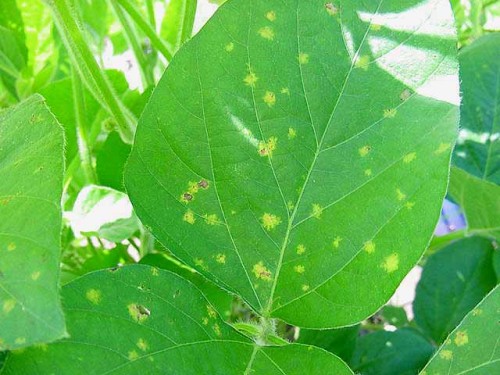
How to grow healthy seedlings: basic recommendations
For seedlings, it will take a container for sowing, seeds, soil, fertilizer, a blade and a watering can. Special boxes are used for landing. If they are not available, cups or boxes are suitable for dairy products. First you need to cook soil:
- For this, compost and garden ground are mixed in equal parts, phosphoric fertilizers are added to the resulting mass at the rate of 2 g / 1 kg of composition.
- Next, the resulting mixture should be filled with containers. They first need to make holes to provide excess of excess moisture.
- To fill the capacity of the soil is sufficiently tight, because later the soil will occur after irrigation and it will have to add it.
Seeds also need prior preparation, which depends on the type of culture:
- cucumbers, legumes and cabbage need to germinate;
- beets, carrots, celery - to temper;
- bacch, pepper and tomatoes should be pouring potassium permanganate solution to swelling.
After the seeds are ready for the soil, it is necessary to moisten and can be seized. You can do this in two ways:
- The first provides for the formation of grooves in the ground.
- The second requires a hole to do.
The grooves are used when planting seeds of a small size, and the seeds are larger in the wells. It is recommended to place 2 units of seeds in each well.
Next, the soil is covered with polyethylene and put a box to a warm room. After the first shoots appear, the film should be removed to provide light access. In order for seedlings to be strong it should receive ultraviolet rays for at least 7 hours a day. If this is not possible due to climatic conditions, you need to set the backlight. Watering is carried out as the land drying. After irrigation, the land must be loosen. This will contribute to the circulation of air, which is required for the survival of culture.
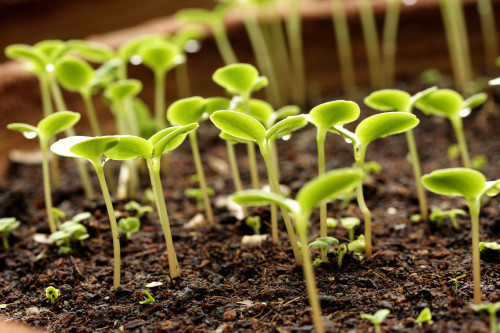
After the appearance of 3-4 leaves, the culture can be divened, that is, sear in separate containers. Soil is preparing for this, as well as for sowing. When disembarking, seedlings should not blind it too much. At the same time, the soil must be enriched with fertilizers. It is important to observe the optimal ratio of mineral and organic elements.
After two weeks after seedlings, seedlings must be heard. If cultivation is performed under greenhouse conditions, its frames should be opened during the daytime. At home you can open the windows, but the drafts should be avoided.
Conclusion
Cultivation of seedlings is a responsible and difficult process. To get a quality result, you need to create optimal conditions for the development of plant crops. To certainly know how to grow a strong seedlings it is necessary to create the right temperature regime, sufficient lighting, optimal irrigation, and also provide for the enrichment of the soil with mineral and organic elements. Also, seedlings are exposed to various pathogenic organisms, which adversely affect growth and can cause the death of the plant. To avoid this, it is necessary to regularly examine the culture and, when identifying even minor deviations, to make appropriate measures immediately.
Ways to protect seedlings from diseases are represented on video:

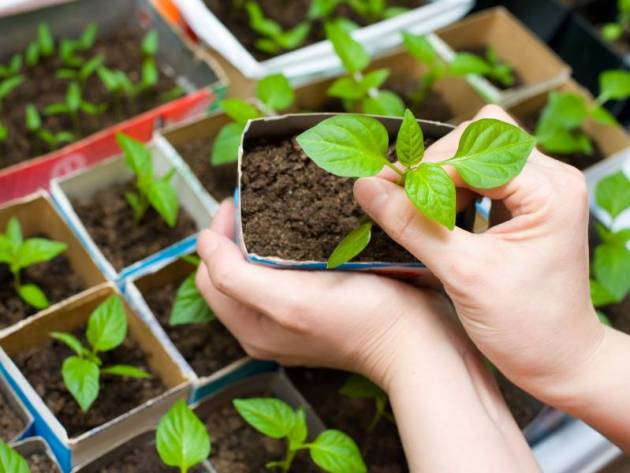
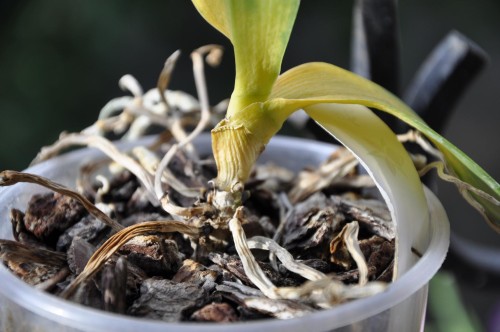
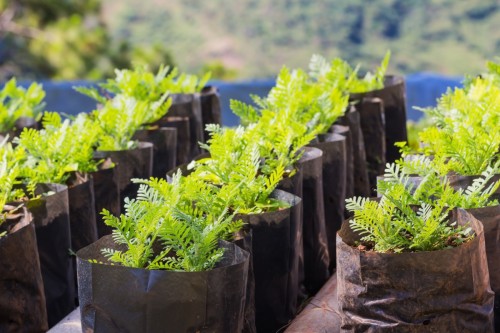
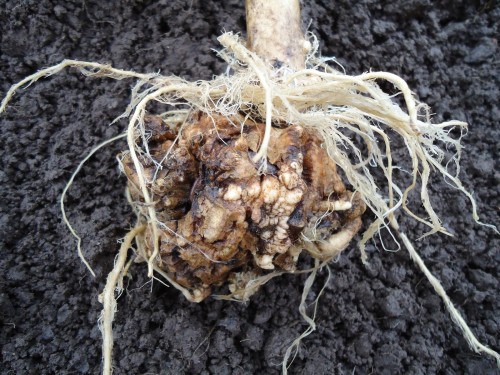
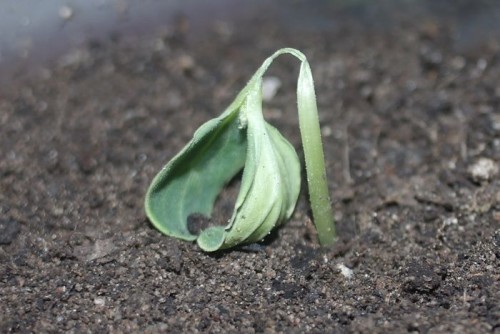
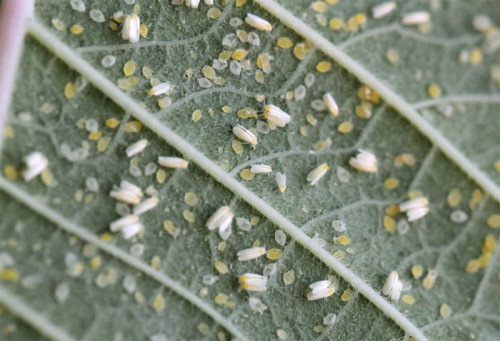
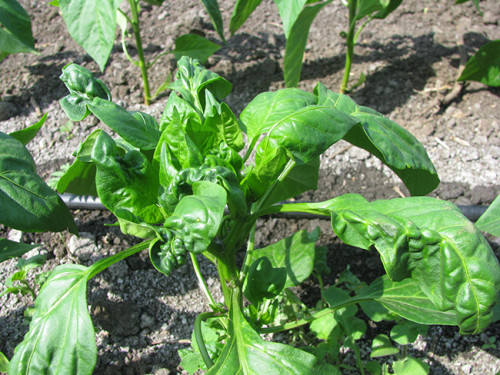
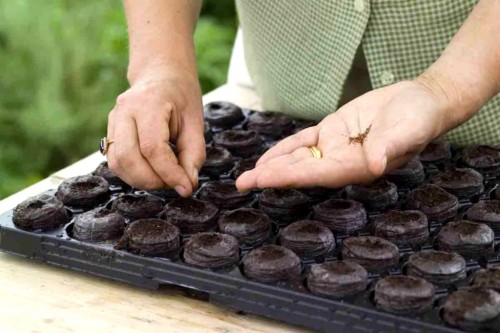
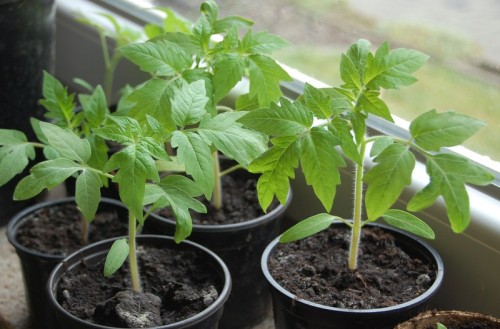
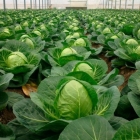
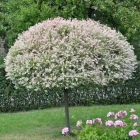
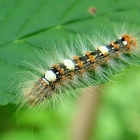
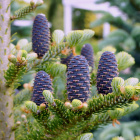

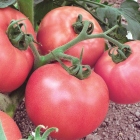


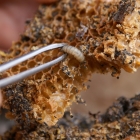

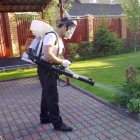
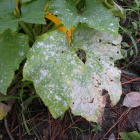
 Start a discussion ...
Start a discussion ...